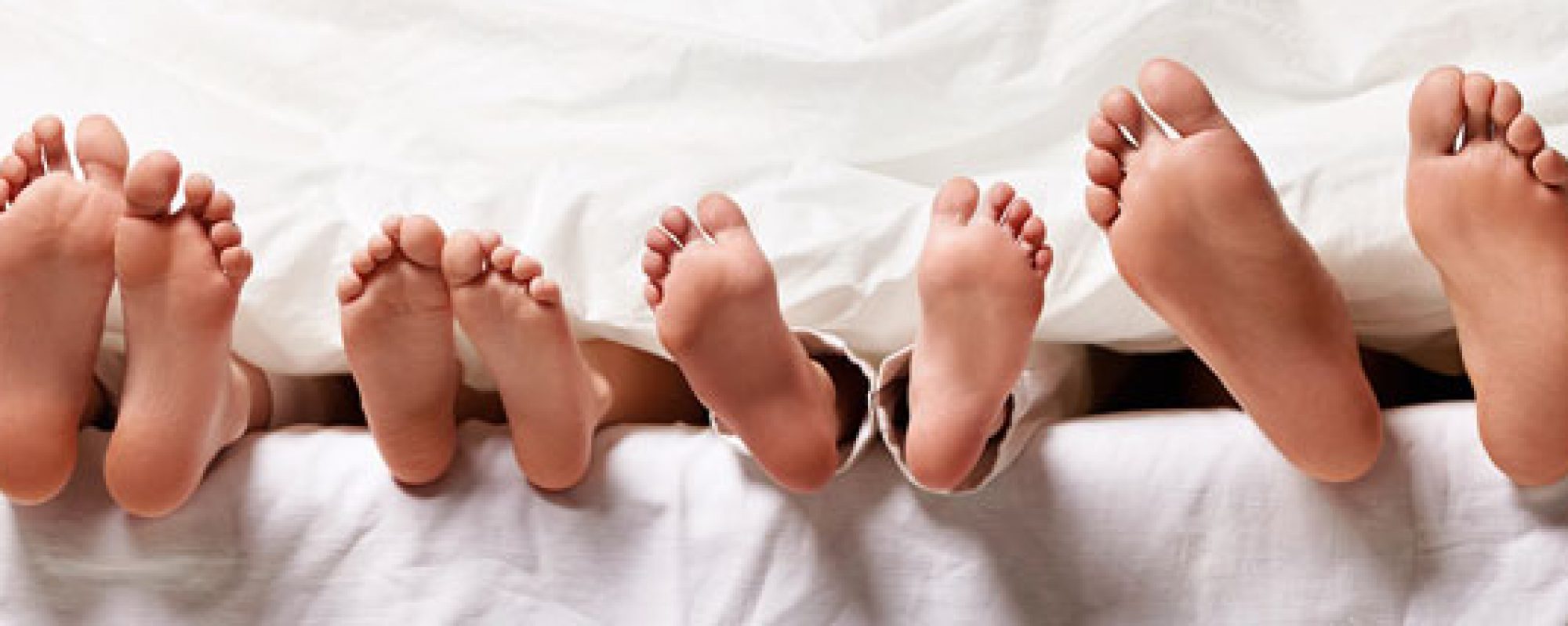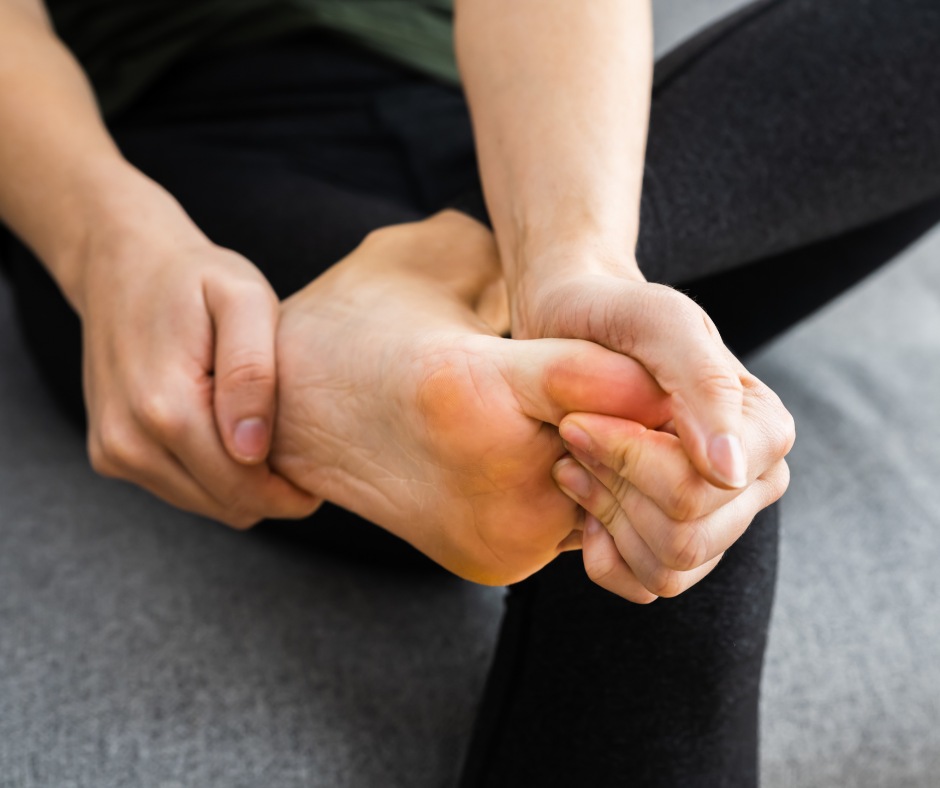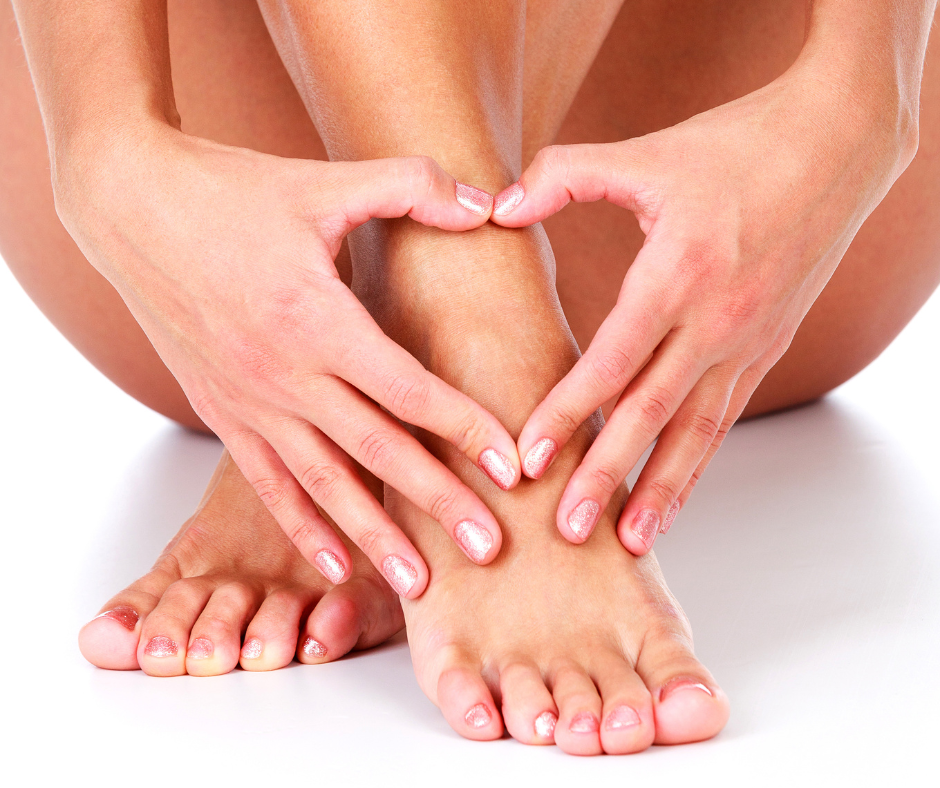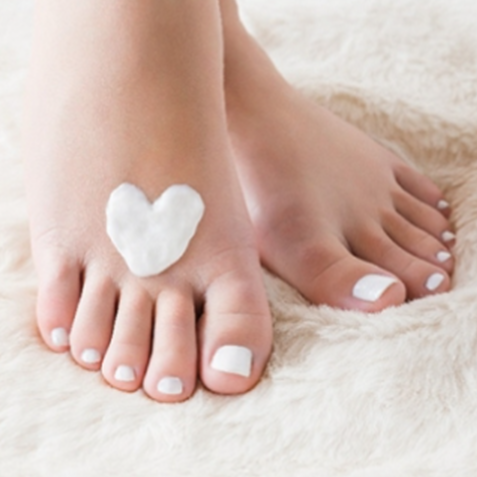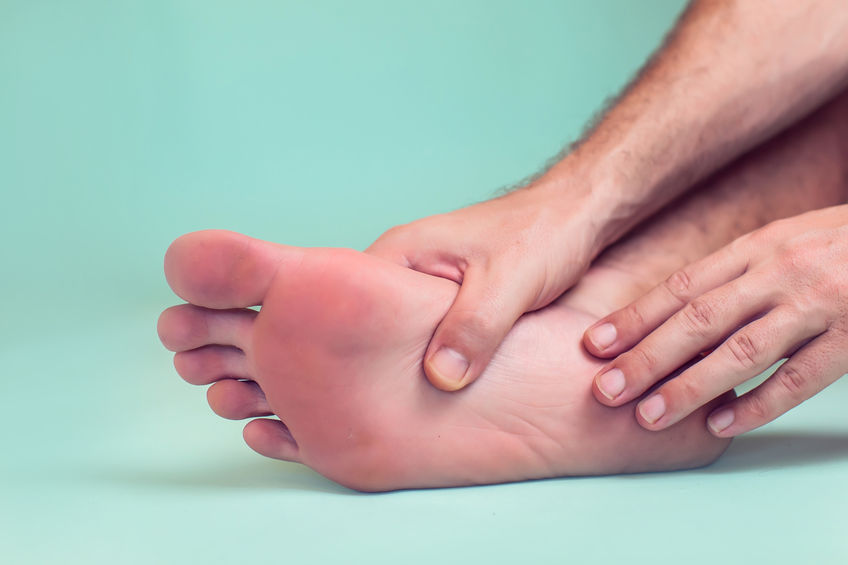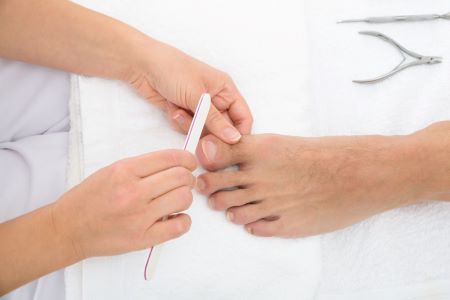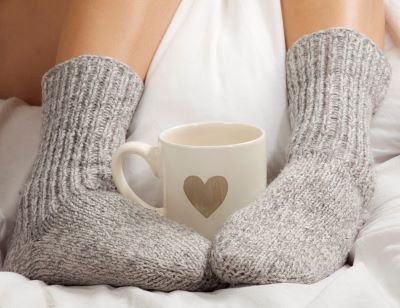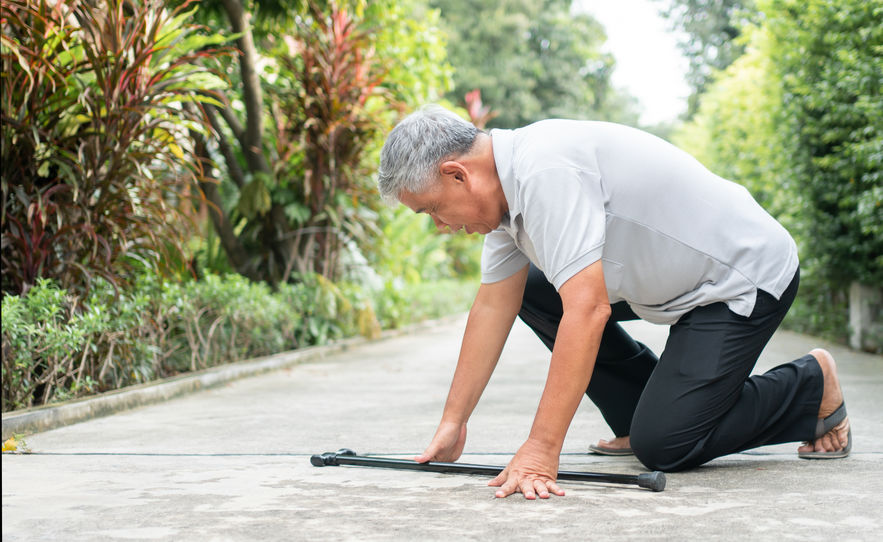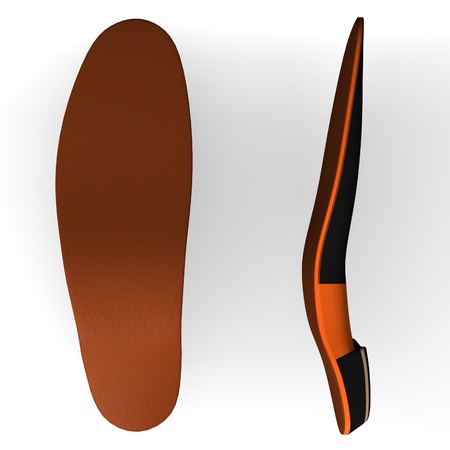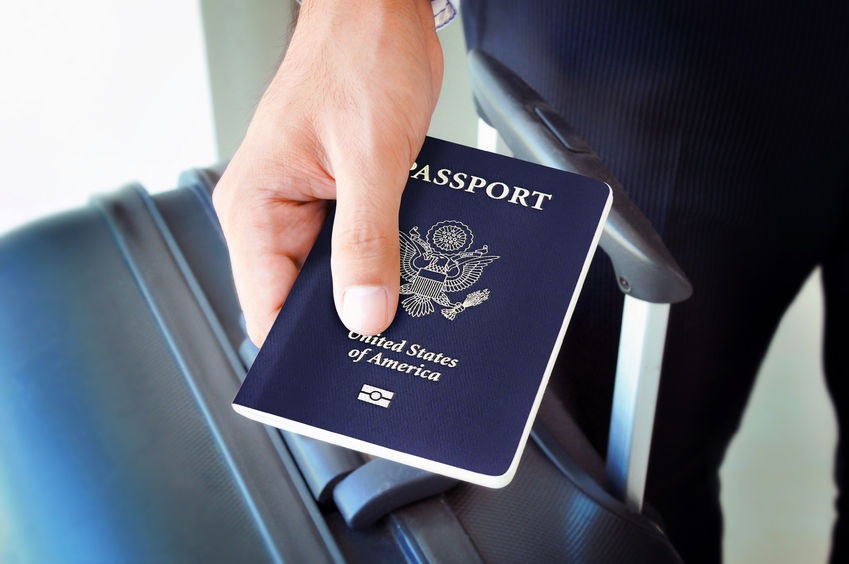As we get into the thick of the winter, many are experiencing some frustrating foot pain that seemingly has no root cause. You may be wondering why this is occurring. Foot pain is unfortunately common during the winter and there are a range of reasons why! Here’s a breakdown of where cold weather foot pain comes from and what you can do about it!
Where It’s Coming From
If you’re not actively healing an injury and practicing daily foot care habits, you may be confused as to why you have mild to moderate pain. But it’s not that strange! Here are some of the top reasons why this could be happening to you:
- Cold weather: Bitter winds are known to lead to sore, achy limbs. Cold weather causes your body to slow blood circulation to your arms and legs in an attempt to preserve your body’s core temperature. This can result in cold feet and joint pain!
- Gaining weight: It’s important to eat well and enjoy yourself during the holidays. But did you know that weight gain can lead to poor foot health? Extra weight can put more pressure on your feet, leading to more wear and tear.
- Wearing the wrong shoes: One of the biggest causes of foot problems is wearing ill-fitting shoes. If you don’t take good care of your feet by wearing comfy, supportive footwear, you can end up with blisters, bunions, and hammertoes. Winter is a time when a lot of people go skiing or ice skating, which can be fun, but if you don’t wear the right kind of boots, you can easily injure yourself.
Lessening The Pain
So, what can you do to help ease the stress? Here are some of our best tips for treating cold-weather foot pain:
- Call your podiatrist if you’re experiencing ongoing or severe pain
- If you run into a minor injury, follow R.I.C.E. (rest, ice, compression, and elevation)
- Stretch your feet daily
- Wear comfortable shoes
- Bundle up with thick socks and insulated boots
- Maintain a healthy weight by eating a balanced diet
Step By Step Family Foot Care is here to assist you with any of your podiatry needs! To make an appointment with Dr. Debra Manheim, call us at (973) 917-3785 or visit our site to schedule an appointment. The staff at our Parsippany office is ready and eager to help.
